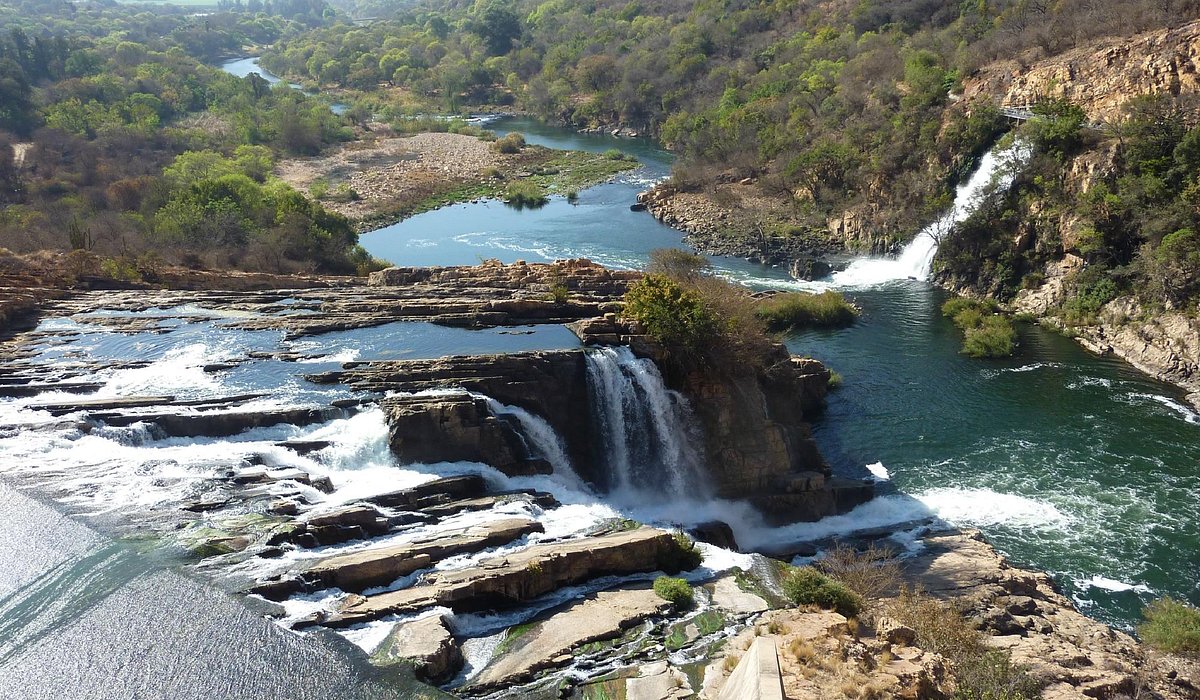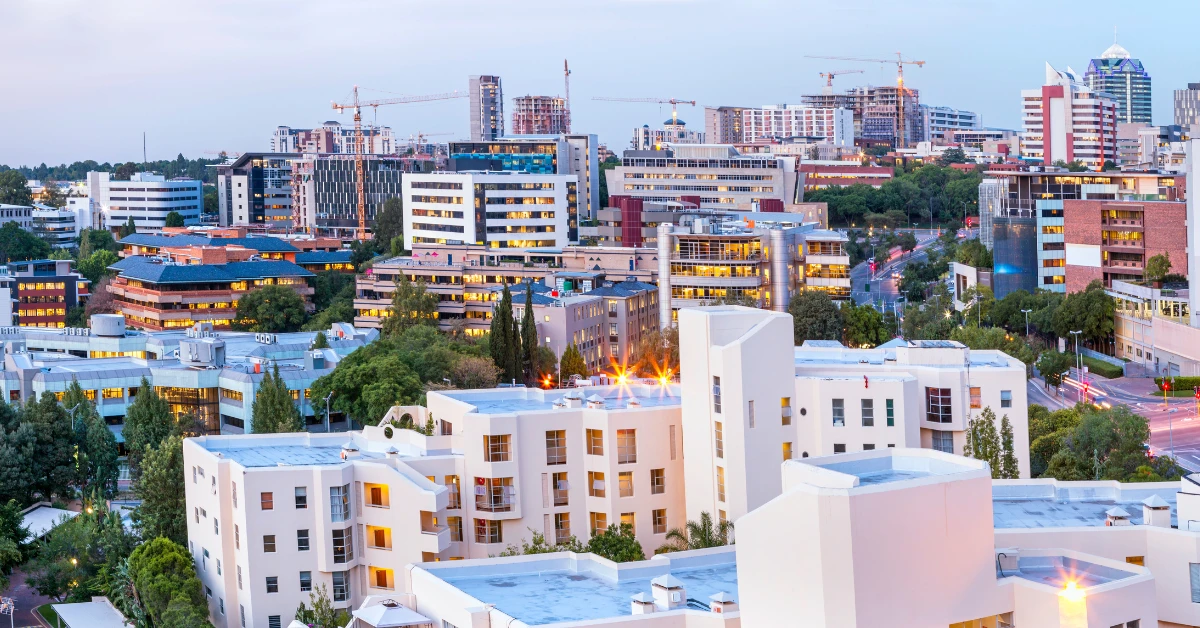The Basic Principles Of Johannesburg North Attractions
Table of ContentsOur Johannesburg North Attractions PDFsThe Ultimate Guide To Johannesburg North AttractionsSome Known Factual Statements About Johannesburg North Attractions Johannesburg North Attractions - An OverviewAll about Johannesburg North AttractionsThe 9-Minute Rule for Johannesburg North AttractionsAn Unbiased View of Johannesburg North Attractions
You should maintain safety in mind and vacationers must continue to be alert at all times when in unknown environments. Talk with the citizens when you remain in town to learn about the location you are remaining in. Johannesburg North attractions. When on the road (this does not use to mall and various other protected settings) best general advice is to try your best to resemble a neighborhood and to prevent displaying any type of kind of wide range
Things about Johannesburg North Attractions
Professor Revil Mason O. J. (Thomson, 1946) checked out the Witwatersrand's pre-colonial background. His historical job blew up the 'em pty land' misconception, according to which the region was lacking human habitation before the arrival of European inhabitants. In his magazines Prehistory of the Transvaal: A Record of Human Activity (1962) and Beginnings of Black People of Johannesburg and the Southern Western Central Transvaal Advertisement 3501880 (1986 ), Teacher Mason demonstrated the degree of social and financial growth in the area prior to Europeans established foot here.

Facts About Johannesburg North Attractions Uncovered
In 1878, David Wardrop found gold in quartz veins at Zwartkop, north of Krugersdorp. In 1881, Stephanus Minnaar came throughout gold on the ranch Kromdraai, near the Cradle of Humankind.
In March 1886, an outcropping (quickly to be called the Main Reef) was found, rather fortunately, on Gerhardus Oosthuizen's ranch Langlaagte. Some say that the Lancastrian coal miner George Walker found this coral reef. Another itinerant English miner, George Harrison (who had actually previously functioned in Australian mines) gotten a prospecting licence in regard of Langlaagte in May 1886.
He determined to proceed in a mission for greener fields, and disposed of his Langlaagte insurance claim for the baronial sum of 10. Alas: underneath lay the wealthiest goldfield ever located. The exploration of this abundant auriferous reef prompted a gold rush that signified completion of bucolic tranquillity in the southern Transvaal.
It would certainly, within six years, come to be the biggest town in southerly Africa. Within a decade, it would certainly make the Z. A. R. till then an anarchical and bankrupt little state the wealthiest country in Africa. By the turn of the century, the Z. A. R. was to surpass Russia, Australia and the United States of America to end up being the world's leading gold manufacturer, creating even more than a quarter of the world's gold.
The Only Guide for Johannesburg North Attractions
It was called Ferreira's Camp, called after Colonel Ignatius Ferreira. He was a Boer traveler upon whom the British authorities had presented the standing of Buddy of the Many Identified Order of St Michael and St George (entitling him to the post-nominal letters C. M. G.) in appreciation for his duty in the battle that had deposed the Pedi king Sekhukhune in 1879.
Quickly the camp was bursting with outdoors tents and wagons Learn More as novices showed up daily from everywhere. By September 1886, some 400 people stayed in Ferreira's Camp, which soon flaunted built iron and lumber structures. Two various other camps were established: Meyer's Camp on the ranch Doornfontein, and Paarl Camp. The latter was nicknamed Afrikander Camp; numerous individuals from the Cape Colony cleared up there.

Our Johannesburg North Attractions Diaries
This name gained money by word of mouth, such that the State Assistant verified the name to the Mining Commissioner on 9 October 1886. Stands in the village were auctioned on 8 December 1886. While some stands were marketed for 10, others were knocked down for as little as sixpence.
2 years later, these erven were to change hands for as high as 750 each. The tented camps diminished as a dorp of corrugated iron buildings created and broadened north of the mines located along the Key Reef Roadway. Areas such as Jeppe's Town (where working-class news immigrants erected their dwellings) and Doornfontein (where the wealthy brand-new 'Randlords' began to create their extravagant residences) were quickly added to the ever-expanding map of the community.
Johannesburg North Attractions Things To Know Before You Get This
In addition to the street names, there were no indicators of Johannesburg being situated in a Dutch-speaking nation. Lots of years later, C. W. Kearns O. J. (one of the very first young boys enlisted at St John's College in 1898) would remember: 'A strange reality regarding Johannesburg was that, although it remained in the [Boer Republic], nearly every person spoke English and even the Government slaves addressed one in English, unless they were very first resolved in the Taal (or Low Dutch)'.
Because of this, Britain had an interest in guaranteeing ideal conditions for gold production on the Witwatersrand, and that the gold was exported to London instead of Berlin a necessary made even more clamant by the Z. A. R - Johannesburg North attractions.'s raising toenadering with Germany. Mine owners were on a collision course with President Kruger, whose plan of monopolistic concessions (typically given to his cronies) prevented mining firms from obtaining materials of products (specifically dynamite) and labour on their own, more affordable terms
How Johannesburg North Attractions can Save You Time, Stress, and Money.
In 1890, the Volksraad had actually restricted the franchise to white guys that had lived in the Z. A. R. for fourteen years or longer, hence disqualifying the majority of the immigrants (that happened to be the significant contributors to the fiscus). Frustration for the vote was a simple pretext for advertising a different program; many uitlanders concerned themselves as momentary site visitors and had no objective of continuing to be in the Z.